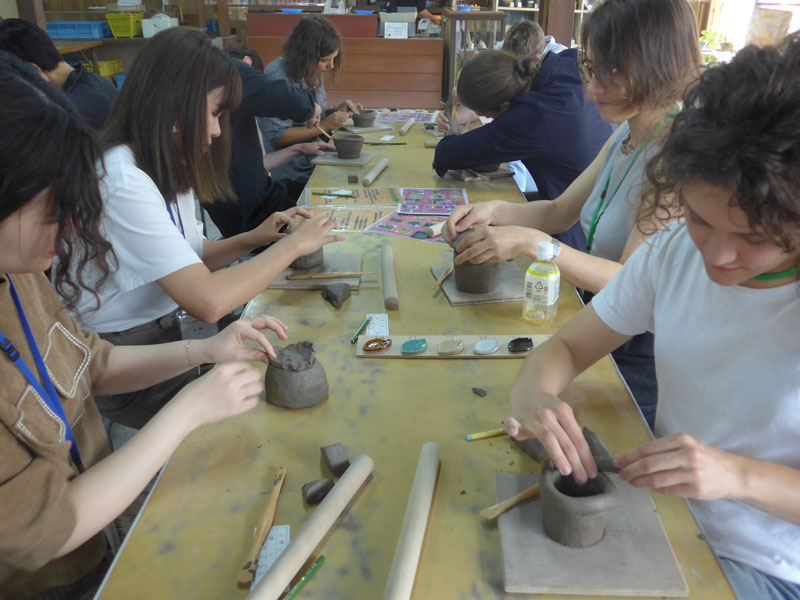留学生見学旅行2018~栃木県益子町・宇都宮~International Student Trip 2018 - Tochigi
June 26, 2018
平成30年6月5日、13カ国からの留学生39名と教職員5名が、国際企画課が主催する見学旅行に参加しました。この旅行は、本学で勉強する留学生が国内の歴史ある観光地を訪れ、様々な体験や見学を通して日本文化を学ぶことを目的として毎年実施しています。今年度は、栃木県益子町・宇都宮市方面に足を運びました。
まず、栃木県益子町にある益子焼窯元「つかもと」にて、陶芸体験をしました。益子焼は、1853年に大塚啓三郎が地元の土を用いて陶器製造に着手したことから始まり、主に鉢や水がめなどの日用品・台所用品の生産によって発展してきました。現在、益子焼の窯元は250ほどあるそうで、その作風は多種多様です。
体験教室では、スタッフの方から作り方を解説していただいたあと、棒や手のひらを使って粘土を伸ばしたり、ヘラで切ったり模様を描いたりしながら、手ひねりでそれぞれお皿かカップのどちらかを作り上げました。釉薬の色は、伝統的な6種類から選ぶことができ、皆完成イメージを見据えながら真剣に選びました。作品は、窯で焼かれたあと、約45日後に手元に届くそうです。「つかもと」では陶芸体験のほかに、昼食の釜めしをいただき、自然に囲まれた広大な敷地の中でゆったりした時間を満喫しました。

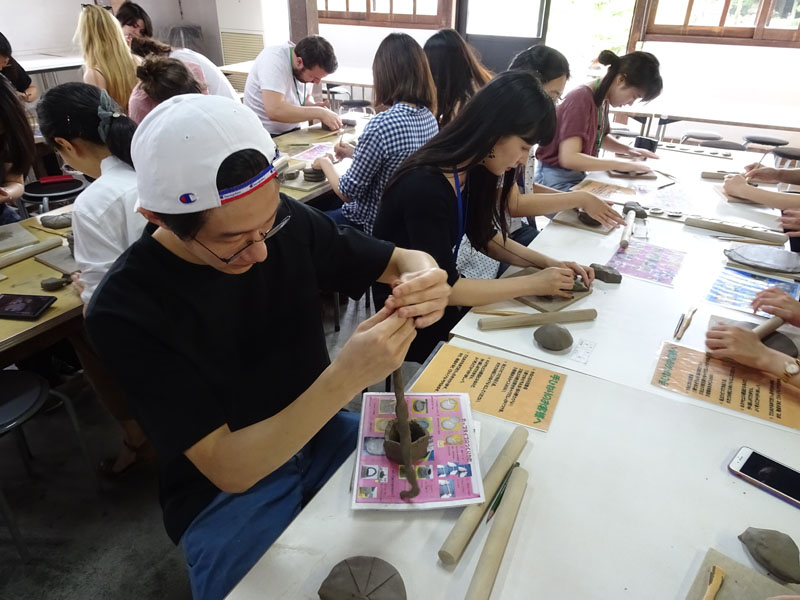
次に、宇都宮市大谷町に移動し、「大谷資料館」の地下採掘場を見学しました。大谷石は古墳時代から石棺として用いられ、耐火性に優れていることから、のちには住宅建築や窯の構造材として長く利用されてきました。広さ約2万平方メートル、最深部の深さ約60メートルにも及ぶ地下採掘場は、初夏にも関わらず平均気温8度前後と冷えており、まるで巨大な地下冷蔵庫の中に入ったようでした。場内にそびえたつ石の壁には、手掘り時代から機械化後にいたるまでの採掘の跡が残されており、非日常的な空間で歴史と触れ合う特別なひと時となりました。
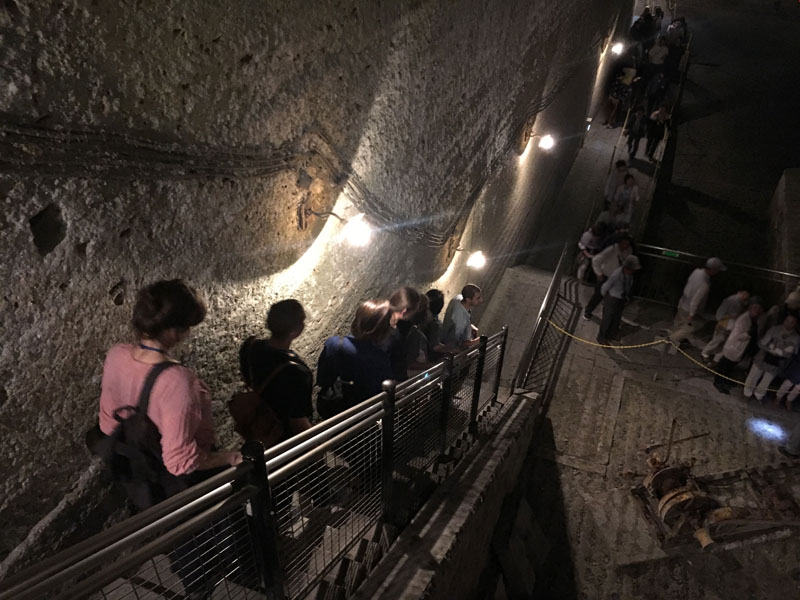
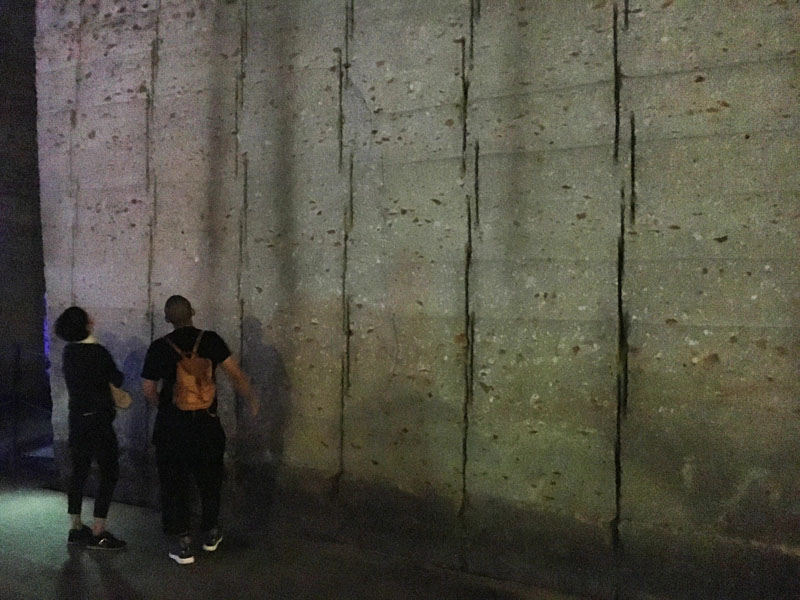
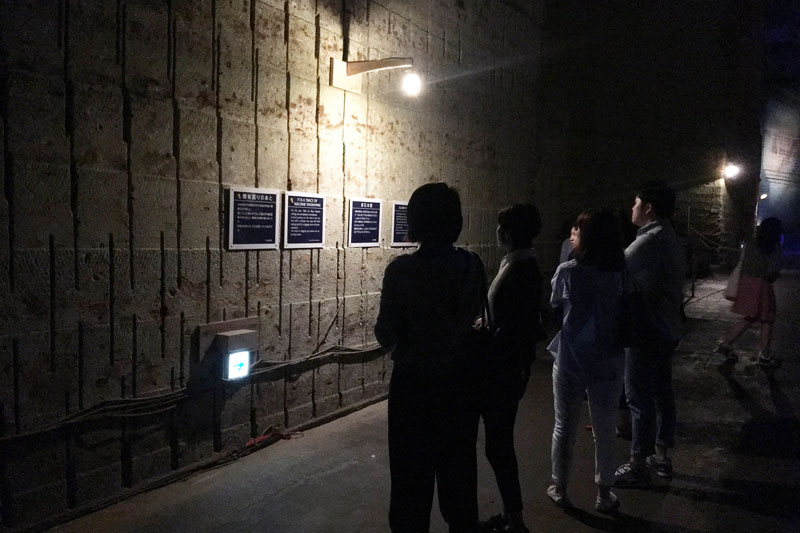

最後は、栃木県立美術館で、栃木県にゆかりのある近現代美術作品や、国内でも有数のマイセン磁器コレクションの鑑賞を楽しみ、今回の旅行の全行程が無事に終了しました。日帰りという短い時間ではありましたが、普段なかなか会うことのない異なる専攻やキャンパス、そして国・地域の留学生同士が、今回の旅行を通して親交を深めることができたこと、また、それぞれが文化体験を通して芸術に対する新しい知見を得ることができたことをうれしく思います。
今回の見学旅行のために多大なご協力・ご支援をいただきましたみなさまに深く感謝申し上げます。
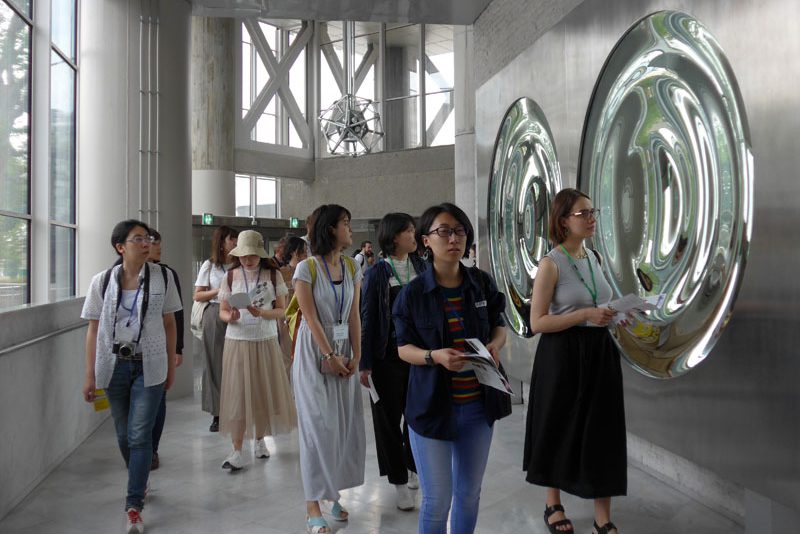
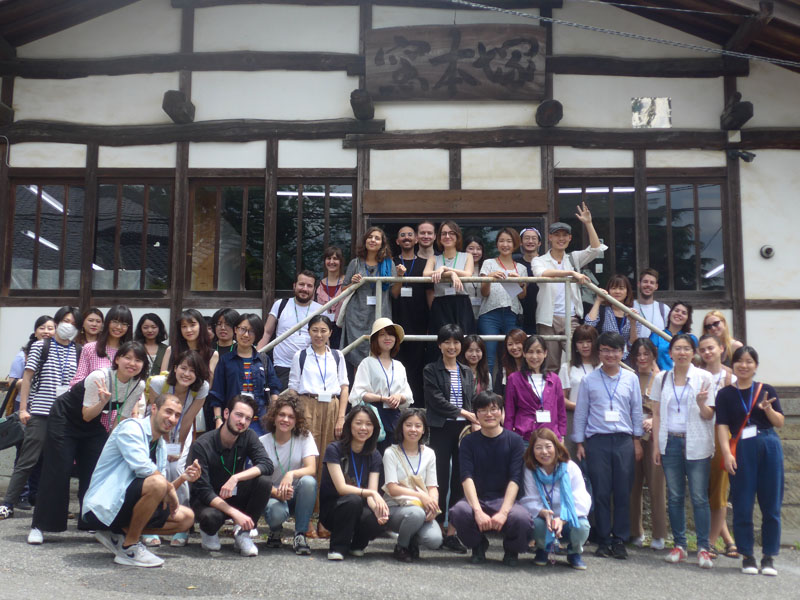
On June 5, 2018, a group of 39 international students from 13 countries and 5 staff and faculty members went on a day trip to Tochigi area. This is one of the events that the Global Support Center offers annually to international students studying at Tokyo Geidai, to provide the opportunity to learn about Japanese culture through various visits to popular historic sites and hands-on experiences of traditional crafts.
The group first went to one of the biggest potteries in Mashiko Town, Studio Tsukamoto, and had an experience of making a piece of Mashiko-yaki (pottery). The origin of Mashiko-yaki dates back to the mid-19th century when Keizaburo Otsuka started using the clay that came out of Mashiko to produce ceramic works. Since then, the area has developed into a production site of items such as bowls or vessels and it is said that there are currently about 250 potteries in the area which show a wide variety of styles.
During a workshop, following a demonstration by a professional, each student tried to hand-build either a plate or a cup out of a given lump of porcelain clay, using some simple tools such as a rolling pin and a spatula. To finish up, every one carefully chose one color of glaze out of six traditional kinds. Those handmade pottery pieces will be fired in a kiln and delivered to their respective makers after 45 days. At Studio Tsukamoto, after the pottery making experience, the students had Kamameshi (a traditional Japanese rice dish cooked in a small pot) for lunch and also enjoyed the natural beauty of the surrounding area.


Next the group moved to Utsunomiya City and visited the underground stone quarry of Oya-ishi at Oya Historical Museum. Oya-ishi Stone was used for stone coffins in the Kofun (Tumulus) period and, due to its high resistance to fire, it came into popular use for producing structural materials for house-building and kilns later on.
In a vast space of the underground quarry that extends over 20,000 square meters wide and 60 meters at the deepest point, the temperature drops to 8 to 9 degrees Celsius even in early summer and it feels like stepping inside a massive refrigerator. On the surface of the rock cliffs, there were unique traces of mining operations produced throughout the long history, from the ancient hand-drilling era to the modern machine-drilling era. As students saw and touched them, they embraced the feeling of the passage of time, which provided a source of artistic inspiration in this mysterious, extraordinary space.




To finish off the day, the group visited the Tochigi Prefectural Museum of Fine Arts and enjoyed Tochigi-related modern and contemporary artworks as well as Japan’s one of the greatest collections of the Meissen Porcelain. Although it was only a short, one-day trip, the event seemed to have served as an opportunity for the students of different academic backgrounds, campuses and origins to deepen friendships and to expand their knowledge about Japanese culture and art.
We are deeply grateful to those who offered great support and cooperation for this trip.




